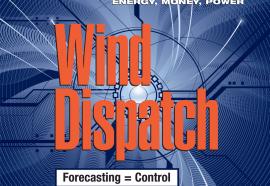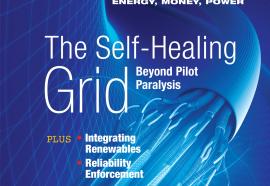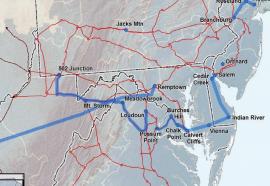Vendor Neutral
T&D and Smart Grid
The ZigBee Alliance and the Wi-Fi Alliance entered an agreement to collaborate on wireless home area networks (HAN) for smart-grid applications. The initial focus of the collaboration will be ZigBeeSmart Energy Profile 2.0, which is the next-generation energy management protocol for smart grid-enabled homes based on today’s successful ZigBeeSmart Energy Profile. The ZigBeeSmart Energy Profile 2.0 is expected to be extended to operate over Wi-Fi technology as a result of the collaboration.











